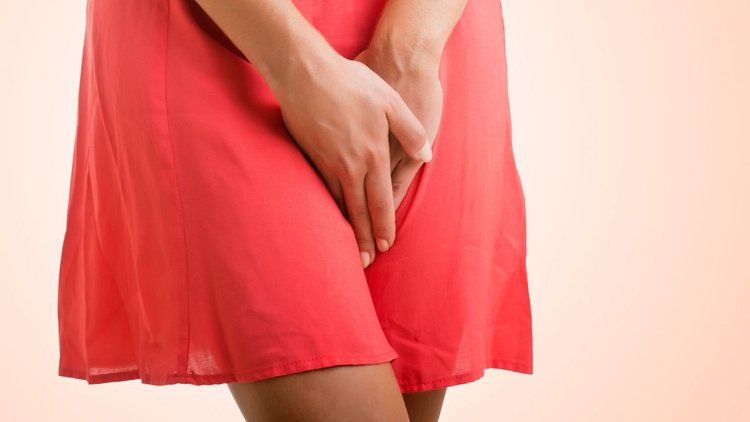If you are afraid of laughing, coughing and sneezing for urinating incontinence, and if you are limiting your physical activities, read this article. … This disorder that adversely affects the quality of life and prevents the person to get involved in social life can be effectively treated in a short time.
Studies investigating the frequency of urinary incontinence in Turkey reveals that 40-69 percent of women in menopausal period and 20-46 percent of women in reproductive age have urinary incontinence in different levels. One of the most important causes of urinary incontinence is pelvic floor failure related to fertility. Menopause and the hormone withdrawal make it easier to reveal this problem. We received information from Acıbadem Kadıkoy Hospital Obstetrics and Gynecology Specialist Prof. Dr. Fuat Demirci, MD stating that a method from simple to complex is applied for the treatment of urinary incontinence.
What is urinary incontinence?
This disorder causes involuntary, uncontrolled urinary incontinence. Due to the high number of deliveries in our country, most of the involuntary incontinence cases are seen in young women of reproductive age. Prof. Dr. Demirci states that this situation arising in the event of situations increasing the intra-abdominal pressure such as laughter, coughing, heavy work, is called stress incontinence, the other type is called urge incontinence or overactive bladder. He also states that “in some patients, two cases are seen together, This is described as mixed incontinence.”
What causes urinary incontinence?
The most important cause of stress urinary incontinence is associated with delivery. When the patient gives multiple and interventional childbirths, gives birth to large babies using vacuum during delivery, pelvic floor is affected negatively and it leads to incontinence. In addition, patients with chronic cough, constipation, menopause, asthma, chronic constipation, heavy work and genetic predisposition are more likely to have this problem due to poor connective structure.
The cause of overactive bladder incontinence is mostly unknown. But it increases in case of some chronic diseases (diabetes, Parkinson’s, MS, etc.) and menopause period.
How is it diagnosed?
When the patient visits the doctor, firstly the type of urinary incontinence is determined. Depending on the type and degree, conservative treatment or surgery is chosen. Prof. Dr. Demirci, stating that several tests are carried out to determine the process, says that: “First of all, the patient is instructed to keep an urinary diary to notes her7his urinary habits. Following this procedure, a form with comprehensive questions is filled. After the patient is examined by an expert in detail for pelvic floor, vaginal and anal functions, urine analysis and urinary culture analysis are carried out to investigate the presence of infection. Afterwards, stress testing and pad testing, revealing the incontinence objectively are carried out. The data are evaluated and a treatment is arranged from simple to complex. If we need further information, we carry out the test called urodynamics, where we evaluate the function of the bladder.
Which methods are used in the treatment?
The treatment is determined according to the type of urinary incontinence. In patients with severe type of stress incontinence, a surgery which last 15-20 minutes, does not require hospital stay, is carried out under local anesthesia and sedation can be performed with a 90% success rate. Professor Dr. Demirci emphasized that the treatment of overactive bladder is different from stress incontinence, and non-operative treatments like medicine, electrical stimulation and magnetic chair are performed for the treatment of overactive bladder. Also, it is important to evaluate the patient in detail and if the patient has both cases (mixed), the treatment should be arranged according to dominant type.
